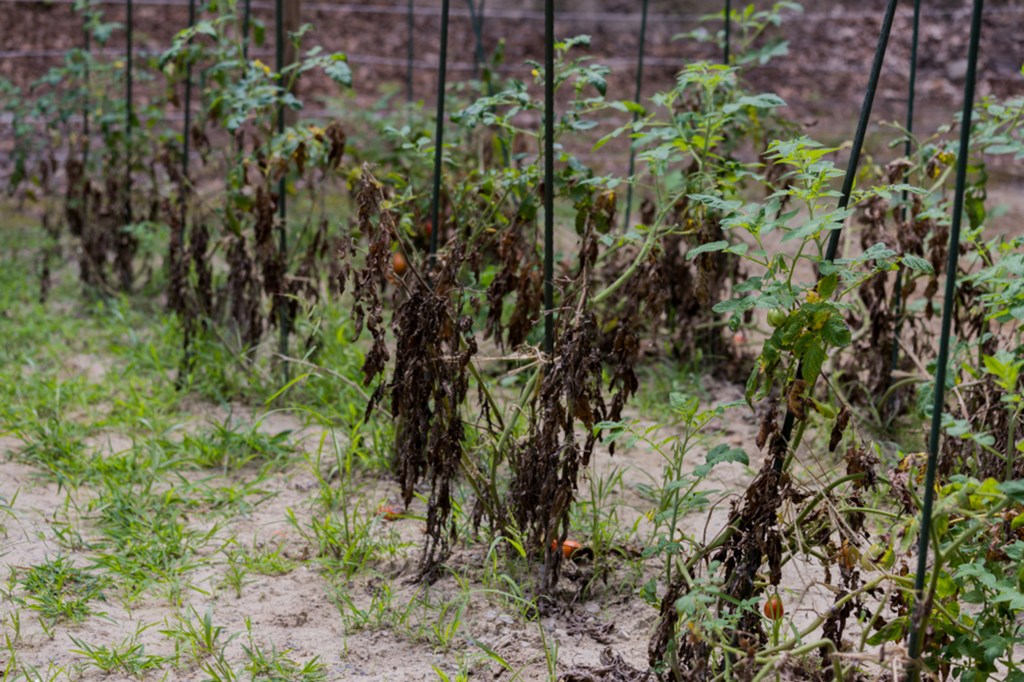HOME & GARDEN SPOT: Fall is a great time to make adjustments to gardens
Published 4:00 pm Wednesday, September 16, 2020

- End of season garden
Late in the growing season, crop and garden problems, such as disease and insects, can thrive on unattended fields and gardens. After plants have played out, there are a few simple steps that growers can take to help prevent these problems. Making adjustments to gardens and fields properly this fall can lead to a better growing season next year.
Cleaning
Trending
Chip East, an Alabama Extension commercial horticulture regional agent, said a cleaning of sorts should take place.
“When you are finished with the garden for the year, it would be beneficial to remove the tomato cages, stakes, trellises, etc., from the plot,” East said. “On a small scale, gardeners may choose to remove and compost plant debris such as spent tomato plants, corn stalks, etc. For large areas, growers can tun plant debris under the soil to destroy the crop.”
East said this practice is commonly done for warm and cool season crops.
Applying lime
Growers can apply lime any time of year. However, now may be an easier time to get spreading equipment into a field. Before applying, growers should perform a soil test to determine if lime is needed.
“It may be best to conduct a soil test a few weeks before terminating a crop, so you can have time to make arrangements for applying lime,” East said. “It takes time for lime to change the soil’s pH. If you have a low pH, it would be best to apply the lime well in advance of planting the cash crop.”
Trending
Planting Cover Crops
If people think they may grow vegetables in the future, it would be beneficial to start planting cover crops.
“Summer and winter cover crops could be planted on the site years before planting a cash crop,” East said.
The following are popular winter cover crops:
• Crimson clover;
• Oats;
• Rye;
• Wheat;
• Tillage radish; and
• Canola/rape.
In the summer, the following cover crops are popular:
• Iron clay cowpea;
• Sunn hemp;
• Sorghum-sudangrass; and
• Buckwheat.
Maintaining the proper pH and nutrients in the cover crops will benefit future cash crops by building organic matter and reducing erosion. Other uses of cover crops can include breaking through compacted soil, reducing compaction, attracting beneficial insects and reducing weeds.
For more help or to ask questions, visit www.aces.edu or call 256-232-5510.
— Posted by Ann Chambliss.





